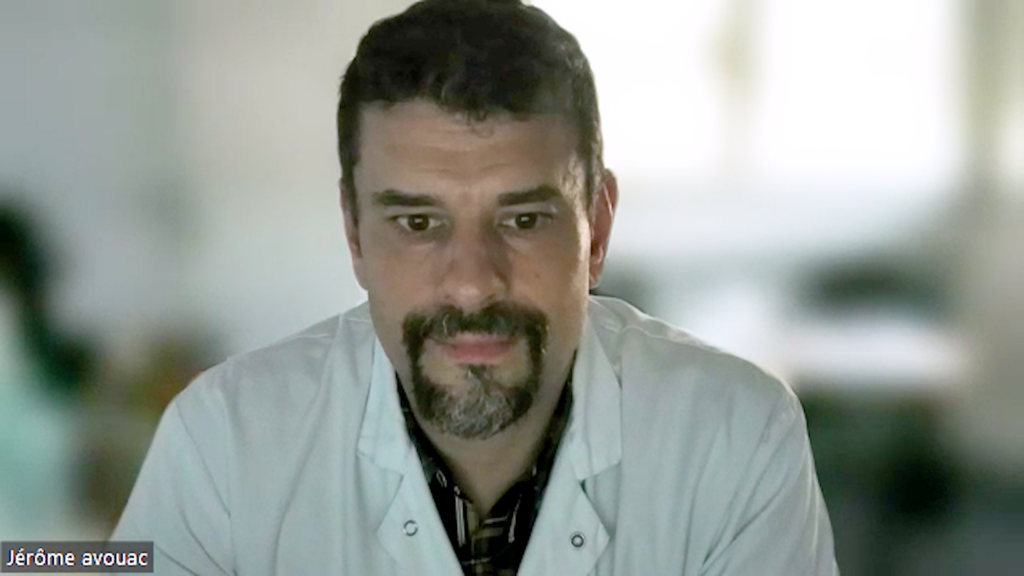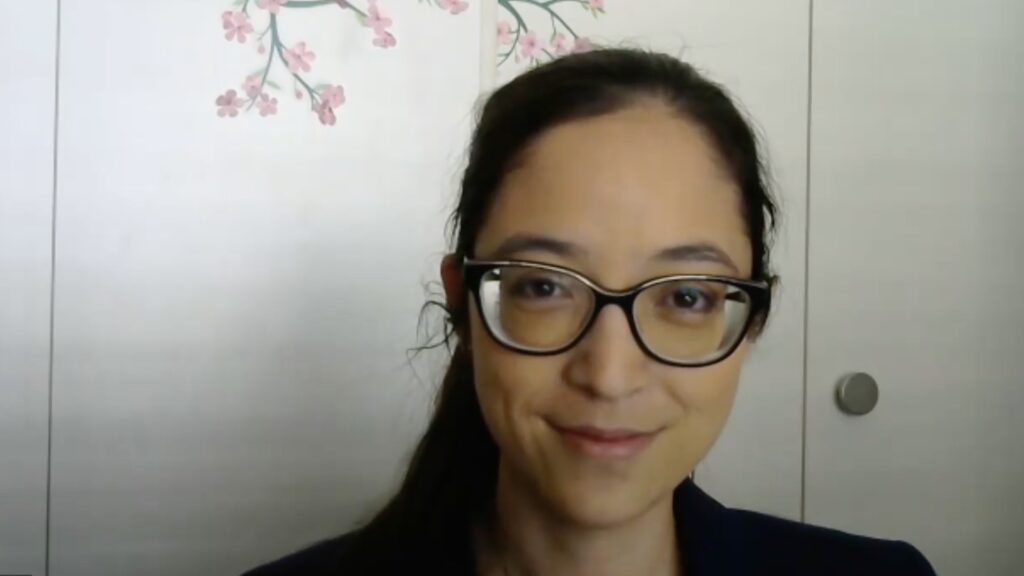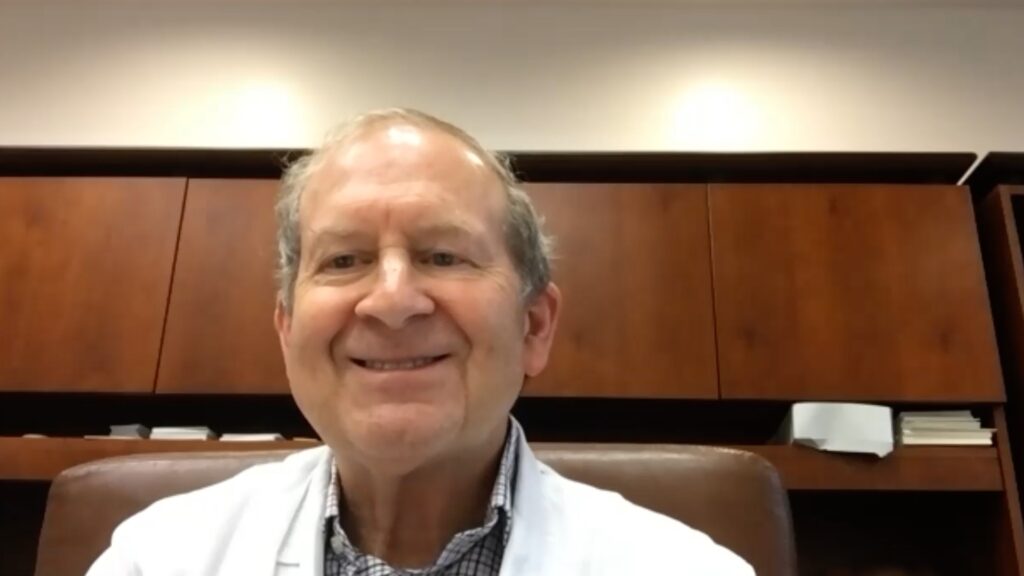Different methods such as exposure-adjusted incidence rates and exposure-adjusted event rates are used to report adverse events in rheumatoid arthritis (RA) clinical trials, this study compared different methodologies of reporting in long-term filgotinib integrated safety data. touchIMMUNOLOGY were delighted to speak with Prof Patrick Durez (Cliniques Universitaires Saint-Luc – Université Catholique de Louvain (UCL), Brussels, Belgium) around the aims, design and findings of the study.
This information is brought to you by Touch Medical Media and is not sponsored by, nor a part of, the American College of Rheumatology.
The abstract ‘The Use of Exposure-Adjusted Event Rates versus Exposure-Adjusted Incidence Rates in Adverse Event Reporting: Insights from Filgotinib Integrated Safety Data in RA.‘ (Abstract number: 0278) was presented at the ACR Convergence, November 10–14, 2022.
Questions
- Could you explain the terms exposure-adjusted incidence rates (EAIRs) and exposure-adjusted event rates (EAERs) in reporting treatment-emergent adverse events in clinical trials? (0:19)
- Which of these is most commonly used in RA studies and how can this affect the outcome evaluation? (1:01)
- What were the aims and design of your study? (1:37)
- What were the findings of the study? (2:06)
- What is the key take-home message for future clinical trial design? (2:40)
Disclosures: Patrick Durez has nothing to disclose in relation to this video interview.
Support: Interview and filming supported by Touch Medical Media Ltd. Interview conducted by Victoria Jones.
Filmed in coverage of the ACR Convergence 2022.












